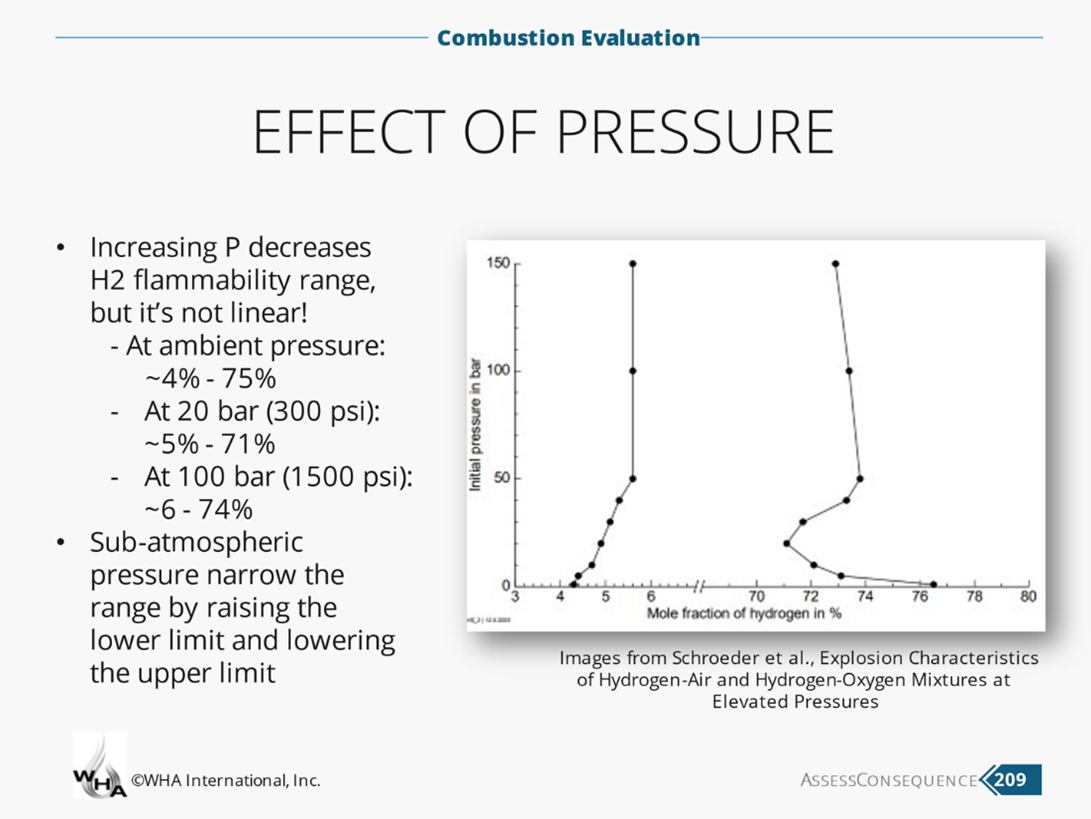The answer could be no devices at all, just a TPRD, just a PRD, or both. It depends on the potential overpressure scenarios identified during a hazard assessment. TPRDs typically are not used on ASME pressure vessels since they are not ASME compliant devices and since system siting provides protection from engulfing fires. However, TPRDs are frequently used in portable applications for both hazardous materials transportation and as vehicle fuel tanks.
HSP members generally agree that rupture discs are problematic due to spurious activations and large releases. They should be avoided in most applications, since the entire vessel contents will empty and the tank will require inerting before replacing discs and be put back in service. TPRD’s can provide additional protection against spurious activation, but have also experienced this issue, plus might not meet code requirements for stationary service. Spring loaded or pilot-operated relief devices may also prematurely activate but usually will reclose to limit the size of release. However, The Panel recommends complying with the adopted edition of ASME Boiler and Pressure Vessel Code (which provides direction for stationary vessels), NFPA 2 - 2023 (para 7.1.5.5), and CGA S1.3 (which is referenced by NFPA). NFPA 2, Section 7.1.5.5.1, requires the use of a PRD device to prevent the maximum design pressure of the vessel from being exceeded. The use of CGA S1.3 is also required. CGA S1.3 provides guidance on when protection needs to be provided, the types of devices to be used, and the sizing of those devices. For most overpressure scenarios, the vessel usually must be protected at MAWP and within the rules of ASME Code and CGA S1.3.
This usually means a spring-activated pressure relief valve since rupture discs and TPRD’s rarely can be set as precisely as needed. If there are thermal exposure scenarios, methods to eliminate the thermal exposure and/or adding supplemental thermal activated pressure relief devices may be appropriate. Spring-operated relief valves are often used to meet thermal exposure scenarios but have limited effectiveness and may not be optimal. The number of either pressure or temperature protective devices depends on the demands present and the device sizing. The need for redundancy of devices depends on the results of a risk assessment. Means to service the devices should be considered in the design. The location of device discharges must also be considered, particularly when devices are used for thermal protection. The installation of devices, inlet piping, and vent piping must be designed per ASME requirements.
A few additional topics to consider: Ambient temperature effects should be considered when designing relief systems. While selection and sizing are detailed in the standards, performance may be affected by pressure effects that are not considered under the standards. For example, a code-compliant pressure relief valve could open if ambient temperature or process conditions are not sufficiently addressed. Flow capacity and setpoint are important issues to discuss for relief devices. Setpoints are usually based on MAWP or design pressure, as well as the type of overpressure exposure. For example, overpressure due to fire will often have a higher allowable pressure accumulation. Flow capacity is normally determined by the flowrate into the vessel from a compressor or pump, failure of upstream control valves, and/or heat flux into the tubes. Heat flux can be considered separate or in addition to the compressor or pump max flow capacity depending on risk assessment results.
Although relief devices are usually required by code or the hazard assessment, they also are subject to spurious or erroneous activation. Considering hydrogen’s likelihood of ignition (when mixed with air), the use of devices should be balanced with other means of shutdown and pressure protection. Where equipped, s, the PRD should normally be the means of overpressure protection with the highest pressure setpoint. To ensure that the above issues are properly addressed, the HSP recommends that the design of high-pressure hydrogen systems be done by engineers with experience in this application. Regarding specific recommendations, the Panel does not endorse specific equipment manufacturers, models, or brands.


